Three major nuclear accidents, as seen by young American and Russian professionals
By Siegfried S. Hecker, Alla A. Kassianova | August 31, 2020
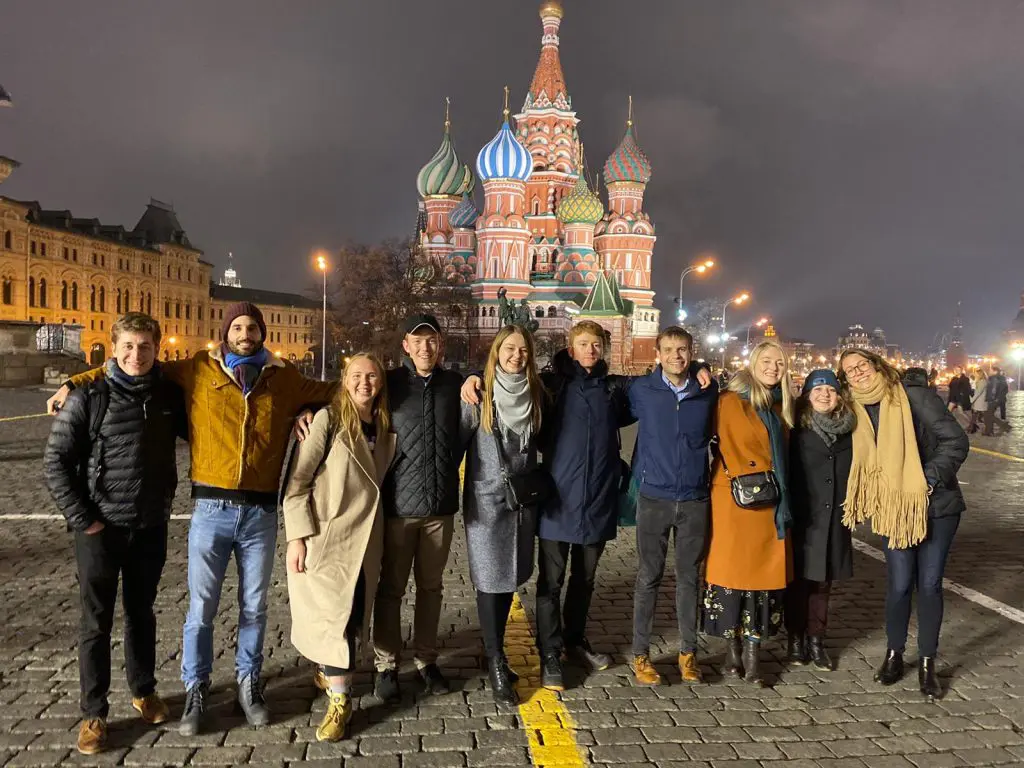 Young professionals on a night out in Red Square (left to right): Elliot Serbin, Center for International Security and Cooperation (CISAC), Stanford University; Maxime Polleri, CISAC, Stanford, Elizaveta Likhacheva, Moscow Engineering Physics Institute (MEPhI); William Heerdt, Monterey Institute for International Studies; Anna Kudriavtseva, MEPhI; Daine Danielson, University of Chicago; James McKeon, Nuclear Threat Initiative; Ksenia Pirnavskaya, MEPhI; Gabriela Levikow, CISAC, Stanford; and Katie McKinney, CISAC, Stanford.
Young professionals on a night out in Red Square (left to right): Elliot Serbin, Center for International Security and Cooperation (CISAC), Stanford University; Maxime Polleri, CISAC, Stanford, Elizaveta Likhacheva, Moscow Engineering Physics Institute (MEPhI); William Heerdt, Monterey Institute for International Studies; Anna Kudriavtseva, MEPhI; Daine Danielson, University of Chicago; James McKeon, Nuclear Threat Initiative; Ksenia Pirnavskaya, MEPhI; Gabriela Levikow, CISAC, Stanford; and Katie McKinney, CISAC, Stanford.
In a series of Bulletin articles in June 2019, young American and Russian professionals examined the future of global nuclear power. They made their case for nuclear power, driven by their concern about global climate change, and also identified the principal challenges that must be overcome. Safety of nuclear power was judged to be the major risk, followed by the risks of nuclear proliferation, security, and nuclear waste disposal, and the economic challenges to increased use of nuclear power, especially in the United States.
We asked the group of young professionals to do a deeper dive on the issue of nuclear safety after last summer’s airing of the popular HBO miniseries Chernobyl. The miniseries took a lot of liberties with the technical facts, but it captured the personal hardships and suffering of the nuclear disaster. We expanded the problem to include the nuclear accidents at Three Mile Island in the United States and Fukushima in Japan, so as to cover the effects of the world’s three major nuclear accidents on the future of nuclear power.
In the spirit of the previous five iterations of the Young Professionals Nuclear Forum, we asked roughly a dozen young American and a like number of Russians to study and exchange views and ideas. We had them collaborate online and followed up with a table-top exercise—conducted, in this case, in Moscow in November 2019. As in the past, the young professionals’ exchange of ideas on nuclear issues was organized by the Center for International Security and Cooperation at Stanford University, with participation from universities and other organizations across the country. In Russia, the Moscow Engineering Physics Institute (MEPhI), Russia’s flagship research university in nuclear engineering, continues to be an enthusiastic partner. The young professionals are students, postdoctoral fellows, and early career professionals.
The young professionals conducted research before the meeting, deliberated and debated within their teams during the meeting, and presented their findings to the larger group and the panel of senior mentors at the end of the exercise. During the past six months they have captured the essence of their findings in the five articles featured in this special presentation in the Bulletin.
Since the inception of the Young Professionals Nuclear Forum in 2016, 25 Americans and more than 30 Russians have participated in six forums—four in Moscow and two at Stanford. On the American side, participants have included graduate students and postdocs in theoretical physics, nuclear chemistry, nuclear engineering, and material science, along with current students and graduates of some of the finest US international relations and nonproliferation programs. On the Russian side, most participants are graduate students in nuclear engineering, international relations, computer sciences, and project management at MEPhI. The topics have spanned the nuclear landscape from preventing nuclear terrorism, to advising on current nuclear crises in North Korea and Iran, to arms control and the prospects of a world without nuclear weapons.
It is remarkable how often both Russians and Americans have mentioned that learning about alternative views and perceptions of an issue was their major takeaway from the meetings. Examining the three major nuclear accidents—which occurred in three different decades and in three different countries with radically different governments and cultures—to assess their causes, the responses, the consequences, and the communication governments engaged in with the public provided fertile ground for discussion and debate.
The young professionals prepared rigorously, conducting their own research and participating in on-line lectures and discussions with senior Russian and American mentors, several of whom had direct experience in responding or advising the responses to the accidents. These were augmented by in-person lectures at MEPhI and participation of the senior professionals as mentors during the group deliberations. The Russian and American young professionals were divided into six groups, each with mixed Russian and American participants, to assess, discuss and present their responses to six questions we posed related to the accidents.
The five articles they have written for the Bulletin are of interest not so much in that they break new ground about the accidents; countless articles and scores of books have been written about them. But the articles do represent the views of the younger generation looking back at what went wrong across the spectrum of the three accidents, what challenges the nuclear industries face today, and how nuclear risks should be communicated to the public. The articles also demonstrate that a group of young scholars working together across cultural and disciplinary divides can overcome the biases inherent in their country’s views of the causes and legacies of the accidents and arrive at a common assessment.
Much as in the 2019 articles on nuclear power and climate change, these young scholars concluded that international cooperation is essential to ensure nuclear safety because one country’s nuclear accident is everyone’s. Sharing lessons learned across borders and over time is imperative. Their review showed that whereas the US nuclear industry learned from the failures at Three Mile Island, the Soviet Union did not learn the lessons of TMI, and Japan did not learn the lessons of TMI or Chernobyl.
The young professionals also look ahead and collectively identify key areas that they believe need to be addressed to make nuclear energy a part of a sustainable future. They emphasize the importance of governments assuring the independence of regulatory agencies. They stress that beyond the physical consequences of an accident, the social and psychological effects of exposure must be fully incorporated into accident response activities via active community engagement both before and after an accident. The young professionals envision new forms of crisis communication and management that rely on engaging citizens through public intellectuals and citizen-science networks, participatory real-time data collection, and radiation mapping. For them, a major lesson is the imperative to provide full and timely information for the public, so it can make informed decisions both in crisis response and in assessing nuclear power as a low-carbon option in a rapidly warming world.
This Young Professionals Nuclear Forum demonstrated again that cooperation between Russians and Americans on nuclear issues is possible and can be productive—even during the disruption of a global pandemic. It underscores the objective of our efforts to turn to the younger generation at a time when most official avenues of US-Russia cooperation on nuclear issues has been terminated: After all, it is that younger generation which will have to live with the consequences, if their countries no longer cooperate to mitigate global nuclear dangers.
Editor’s note: The Young Professionals Nuclear Forum cooperation is supported by the John D. and Catherine T. MacArthur Foundation and the Carnegie Corporation of New York, both of which are also funders of the Bulletin.
Critical underlying factors in three major nuclear accidents
Minimizing the consequences of nuclear accidents through effective communication
Don’t let nuclear accidents scare you away from nuclear power
Improving the communication of risks before, during, and after a nuclear accident
Together, we make the world safer.
The Bulletin elevates expert voices above the noise. But as an independent nonprofit organization, our operations depend on the support of readers like you. Help us continue to deliver quality journalism that holds leaders accountable. Your support of our work at any level is important. In return, we promise our coverage will be understandable, influential, vigilant, solution-oriented, and fair-minded. Together we can make a difference.
Keywords: Chernobyl, Fukushima, Three Mile Island, Young Professionals Nuclear Forum
Topics: Nuclear Energy, Nuclear Risk
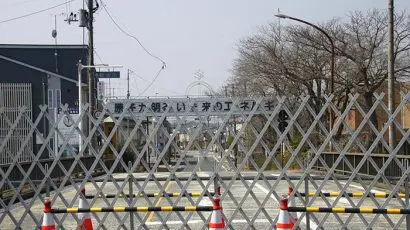


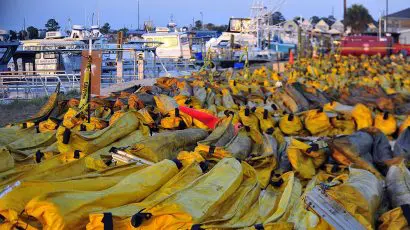
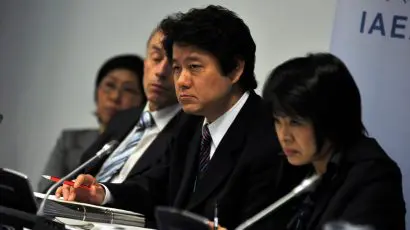
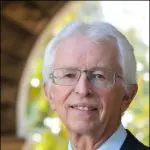
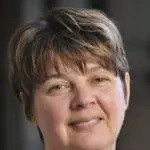
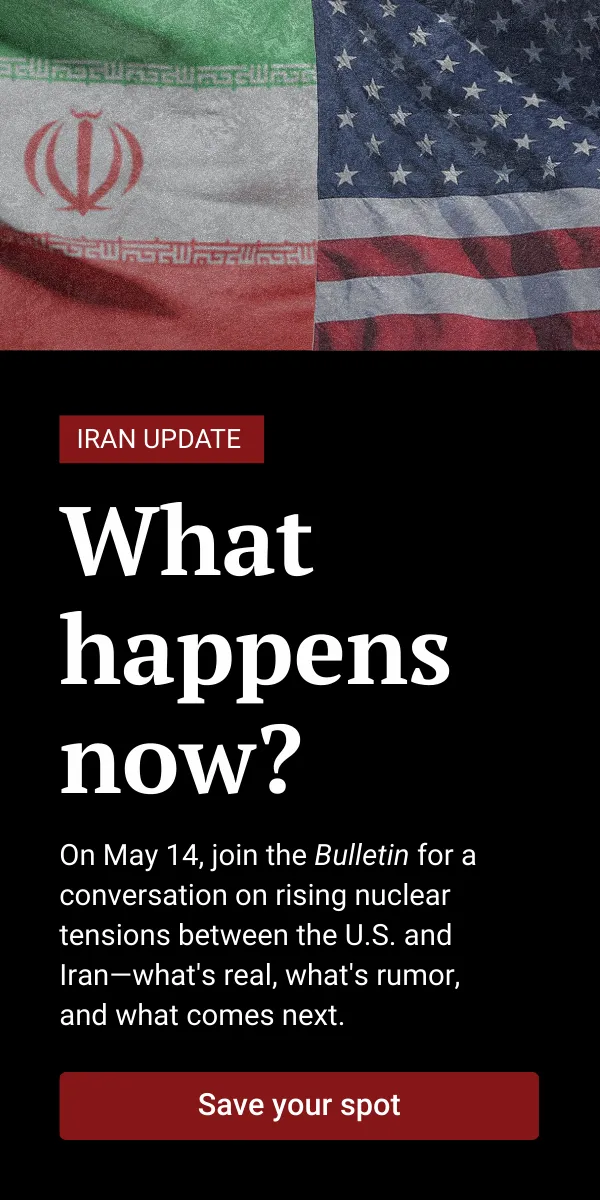

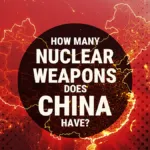
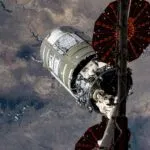
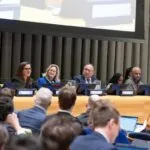
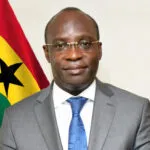

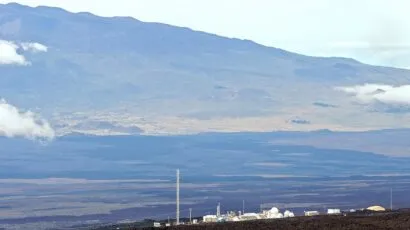
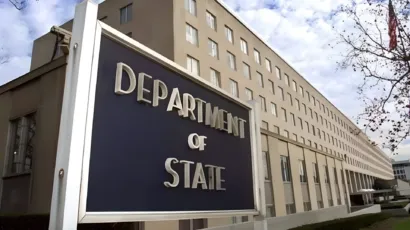
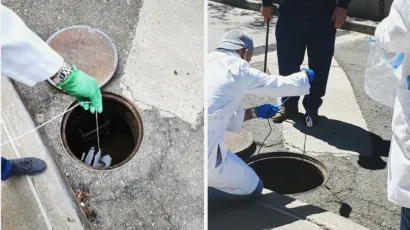
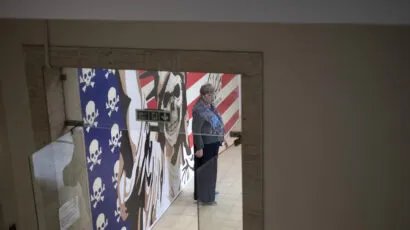

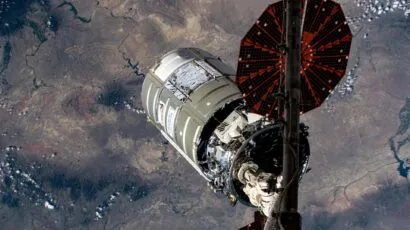

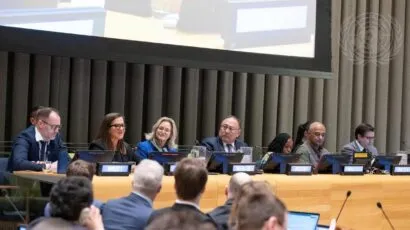
Let us refuse the notion that we have to choose between two risks – the CO2 from fossil fuels or the risks of nuclear energy. Improving energy efficiency does not have any of these riks – on the contrary, is reduces already existing risks. May be these young nuclear experst need some information about the development and the huge potential in improved efficiency. The bases for that “one risk or the other”-notion is, to neglect this alternative.
Nice article. Lets not forget the other accidents. Well, technically the ones I am thinking of aren’t exactly accidents, I took a little liberty here. I am thinking of the nuclear superfund sites all over the United States and other nulcear waste sites in other countries. The Hanford site in the U.S. made plutonium that fueled the Cold War in the tens of thousands worth of bombs. The high level stuff there is being “vitrified” to contain it for another 100 years but keep in mind the half life of plutonium is around 24,000 years. The EPA will have to… Read more »